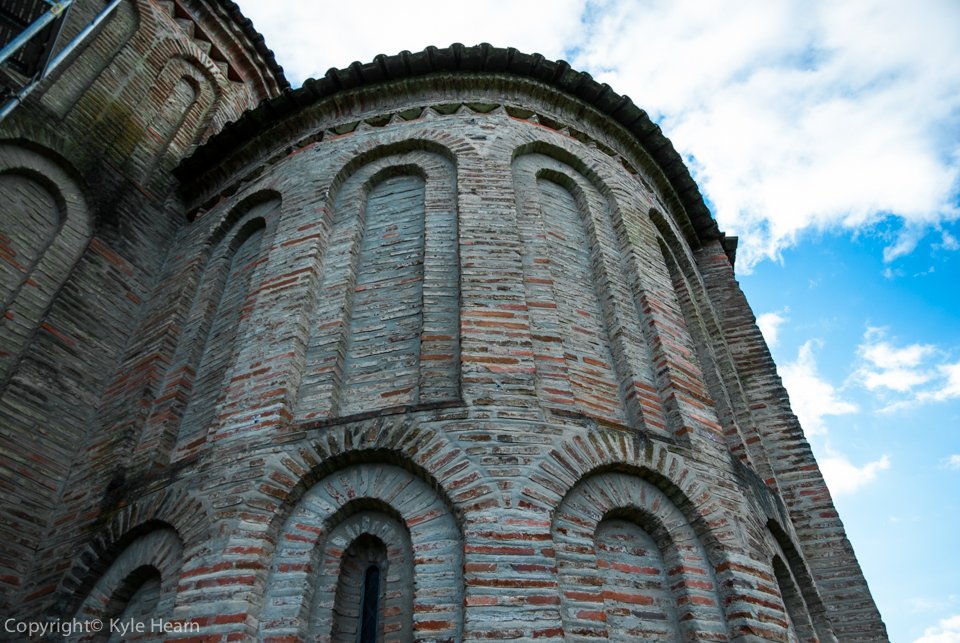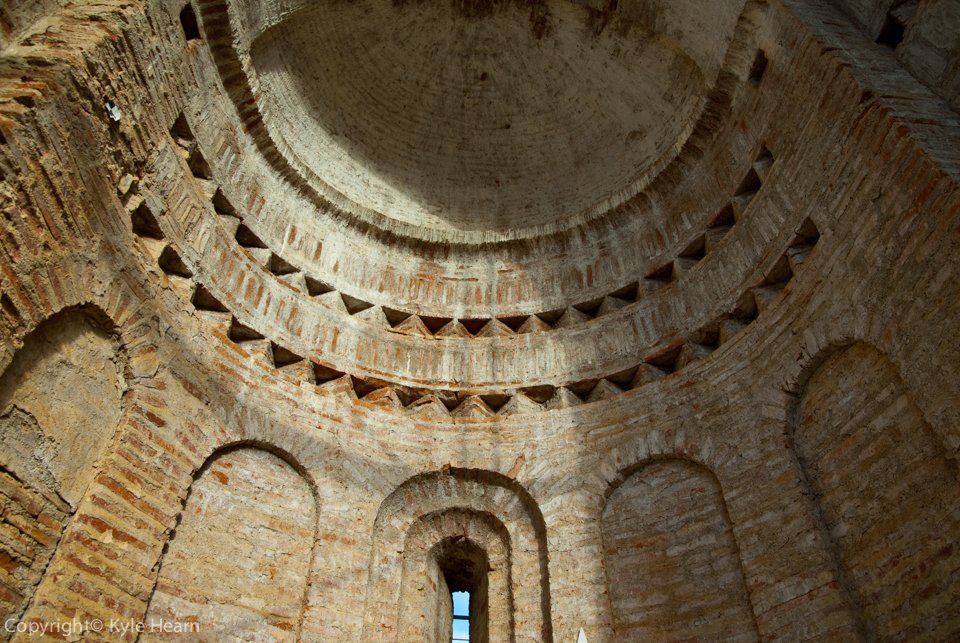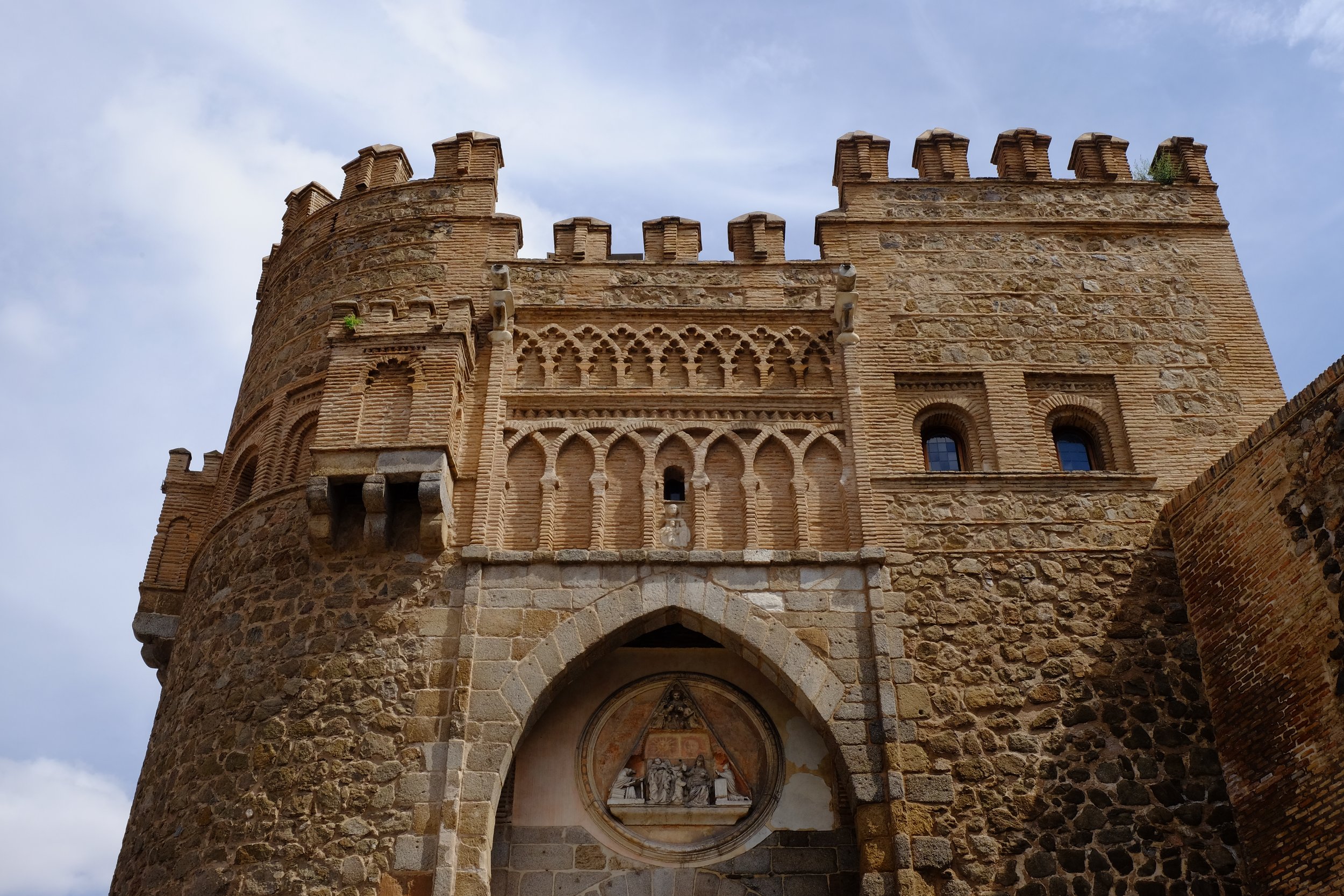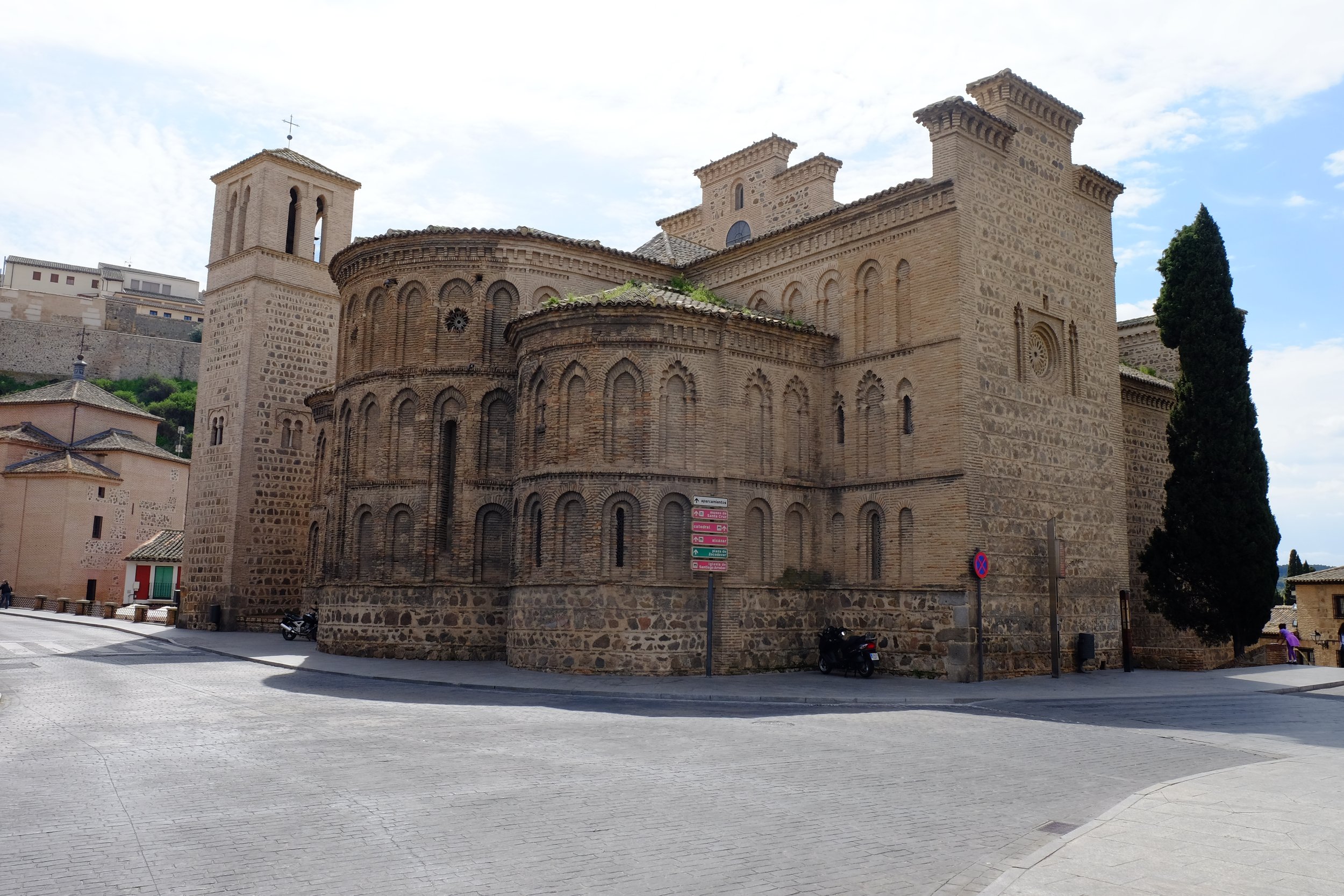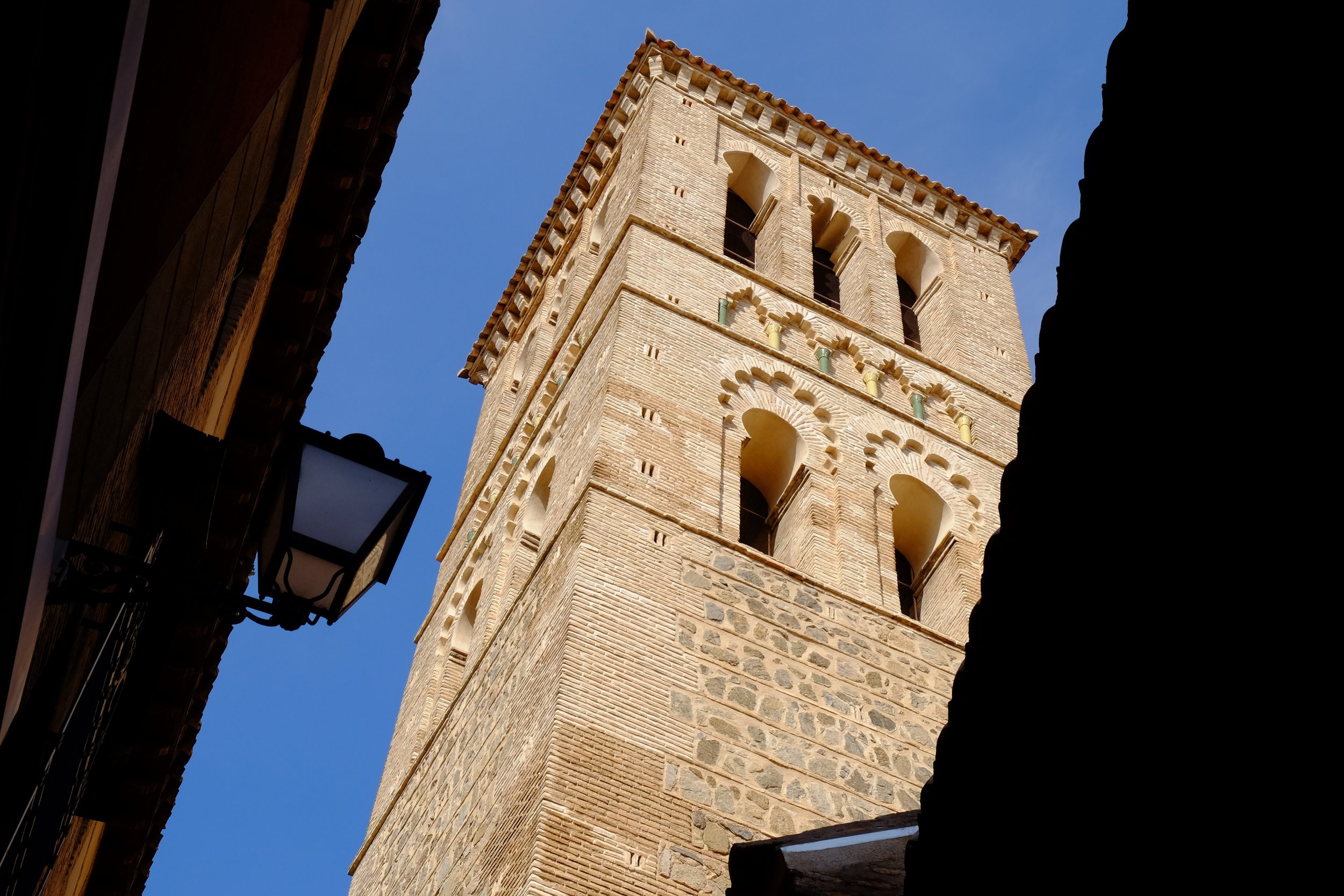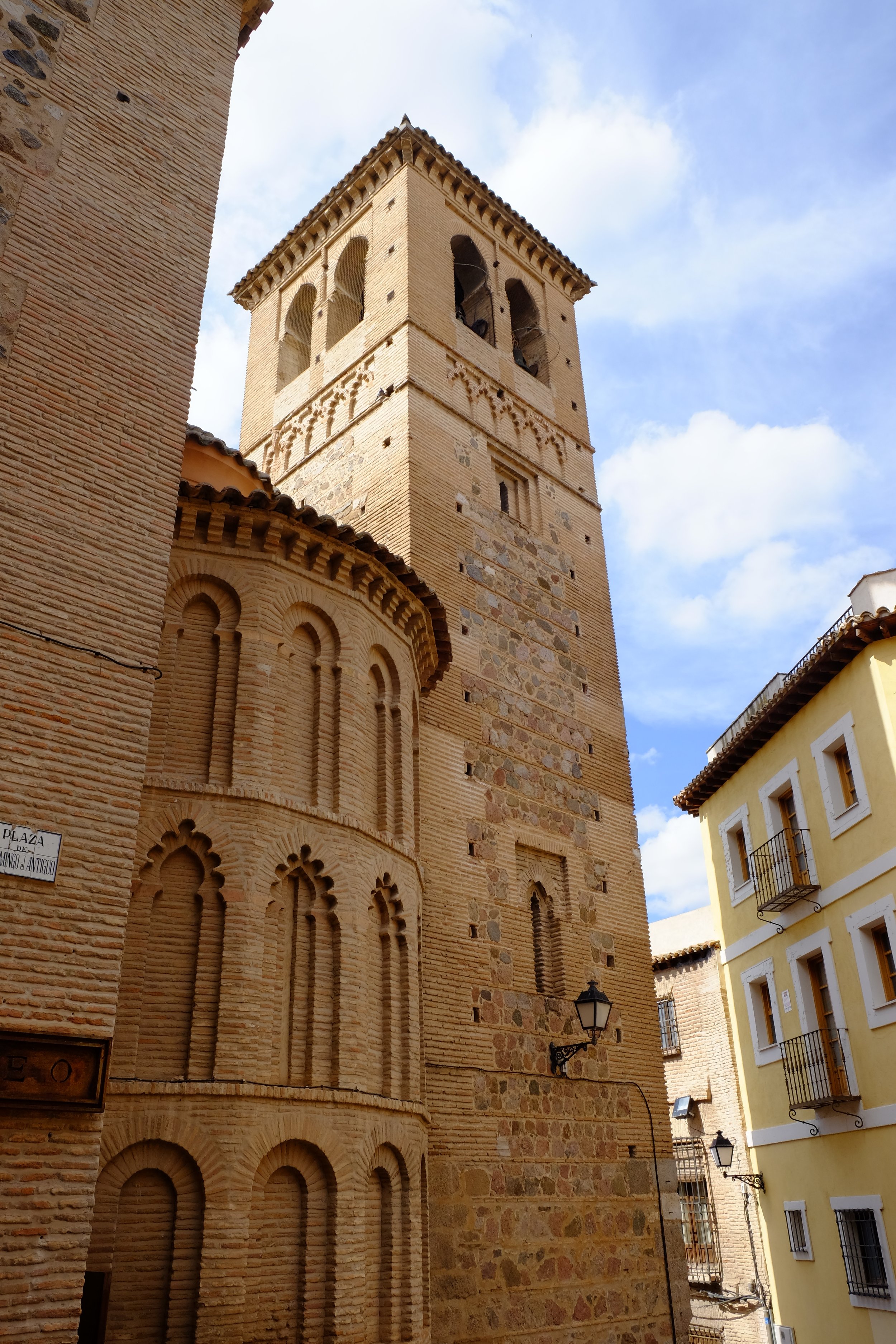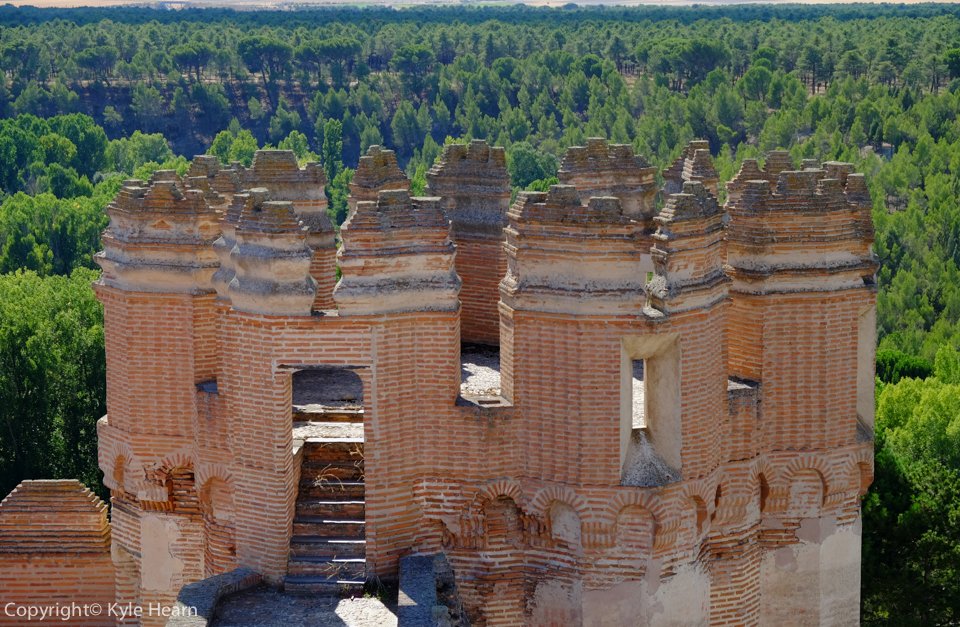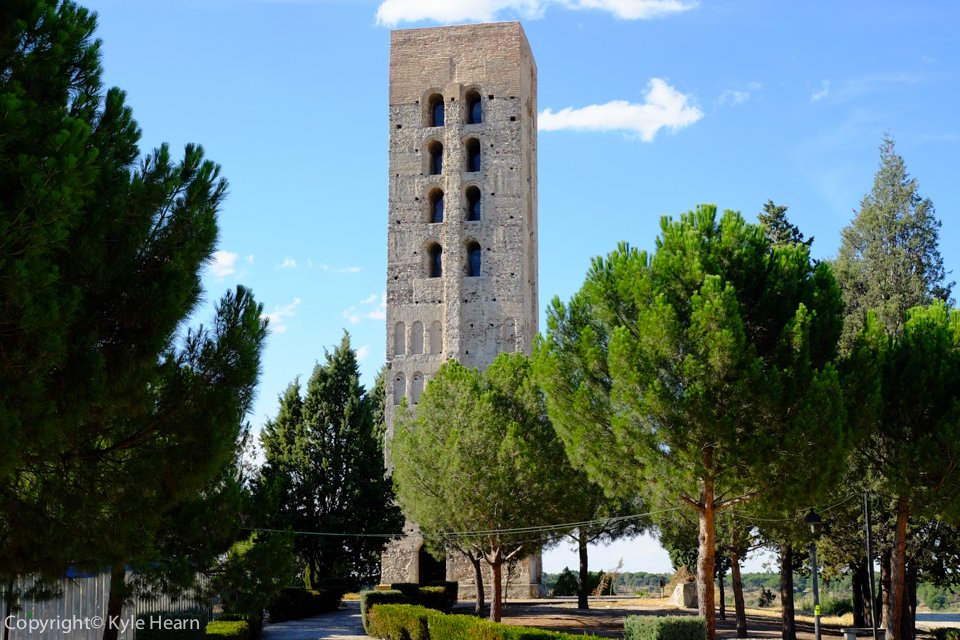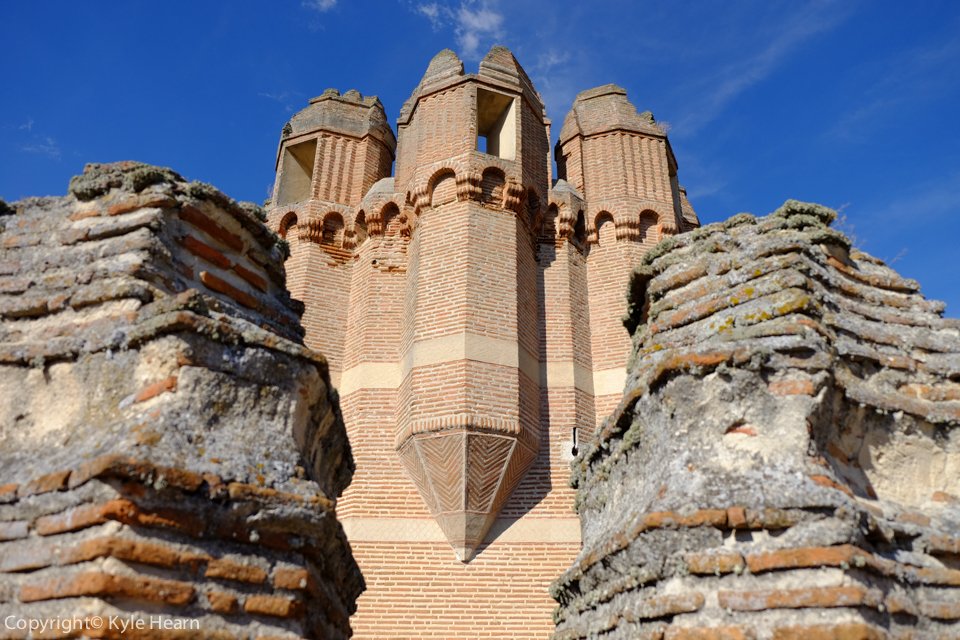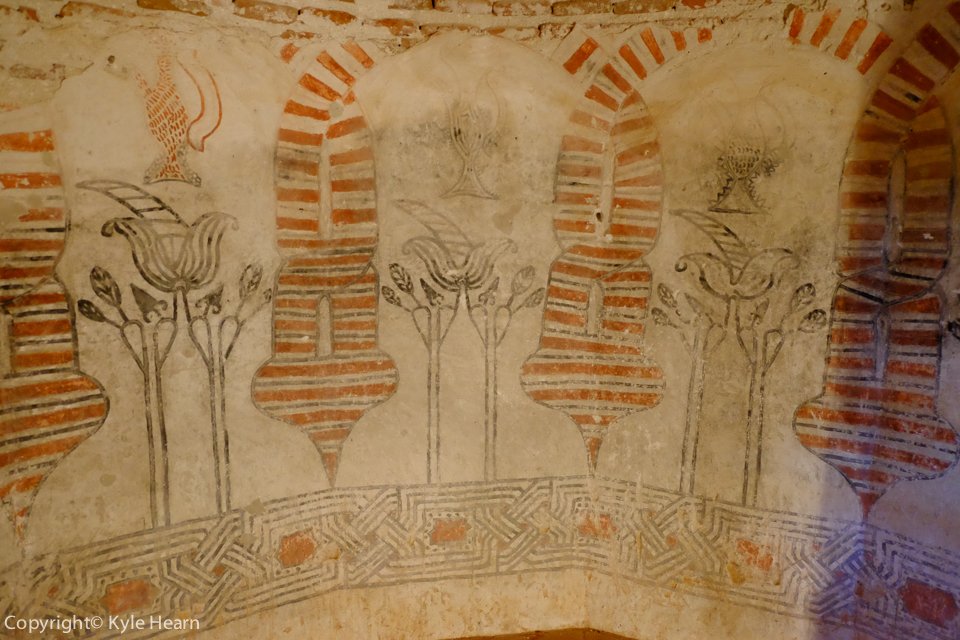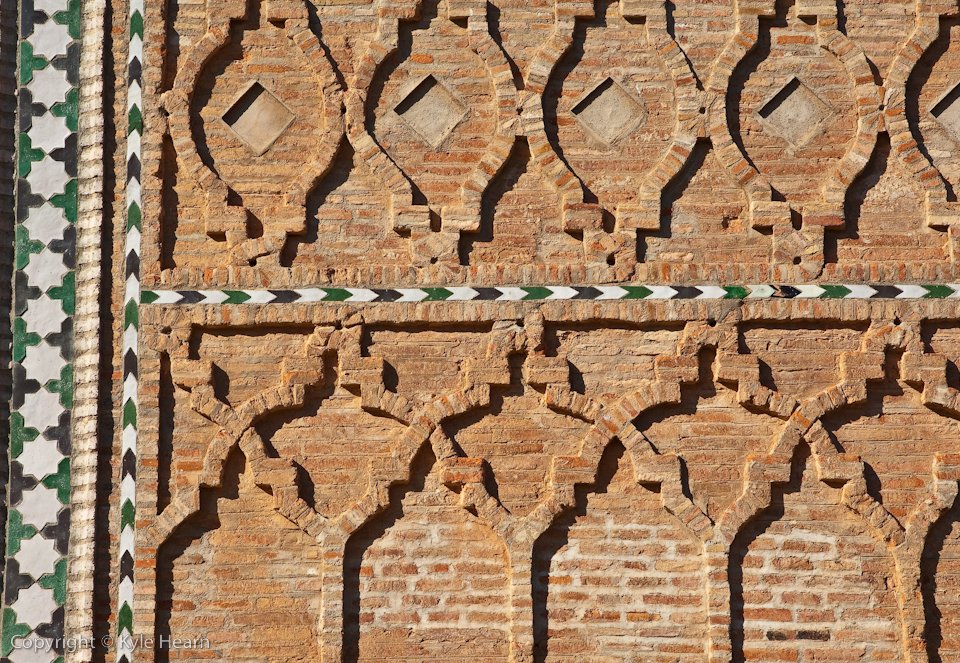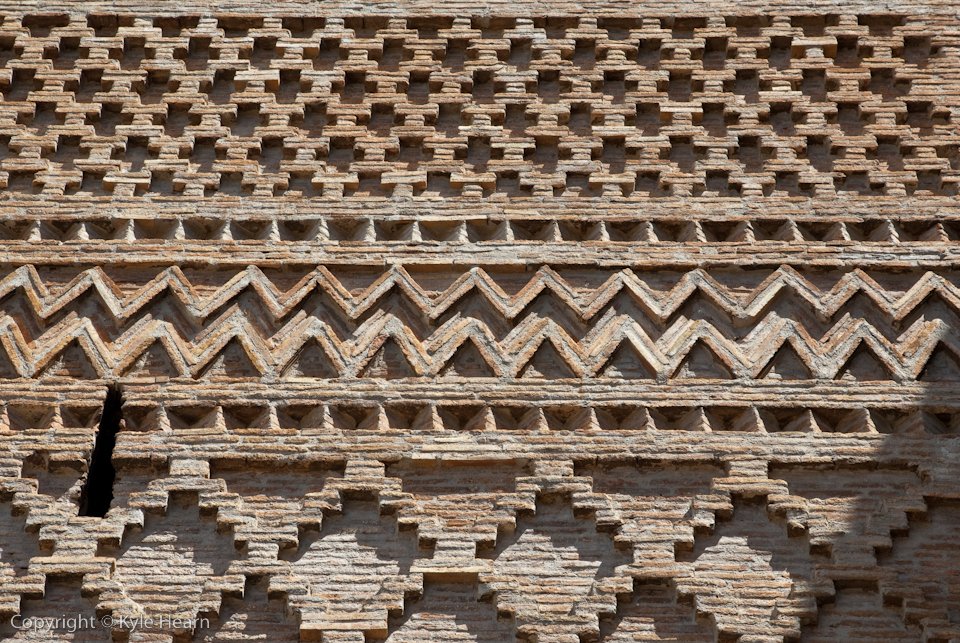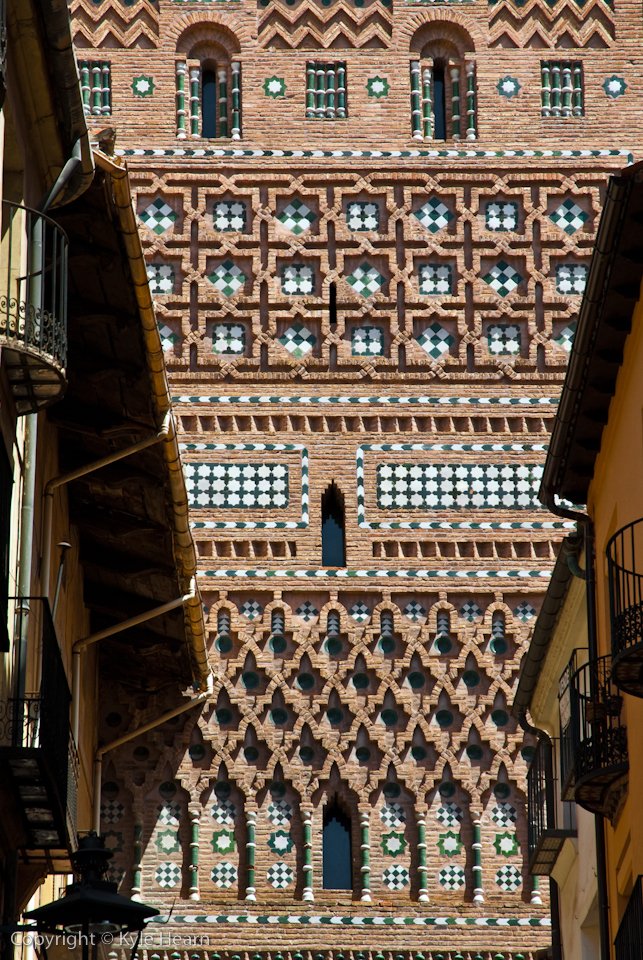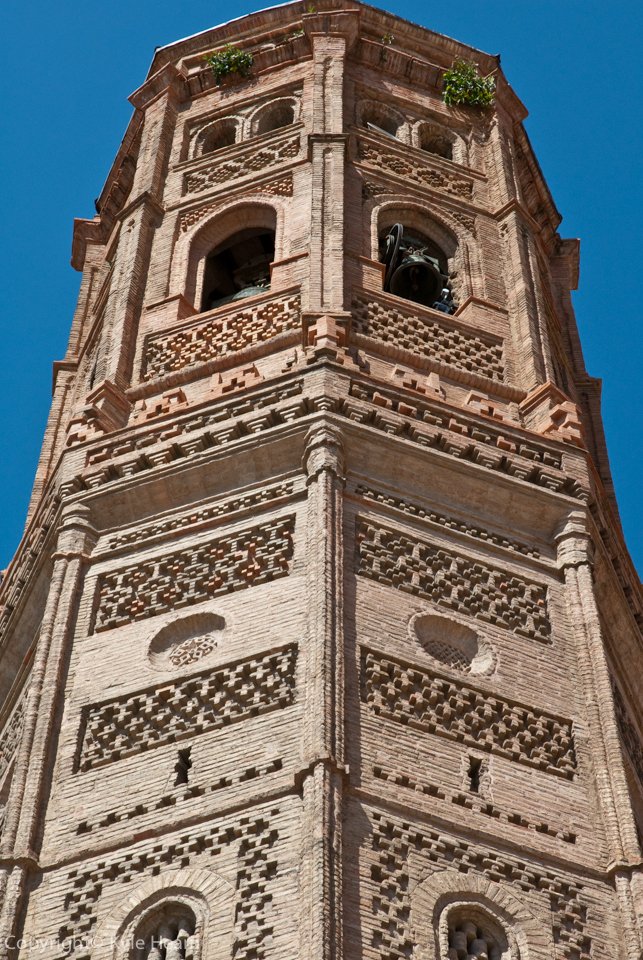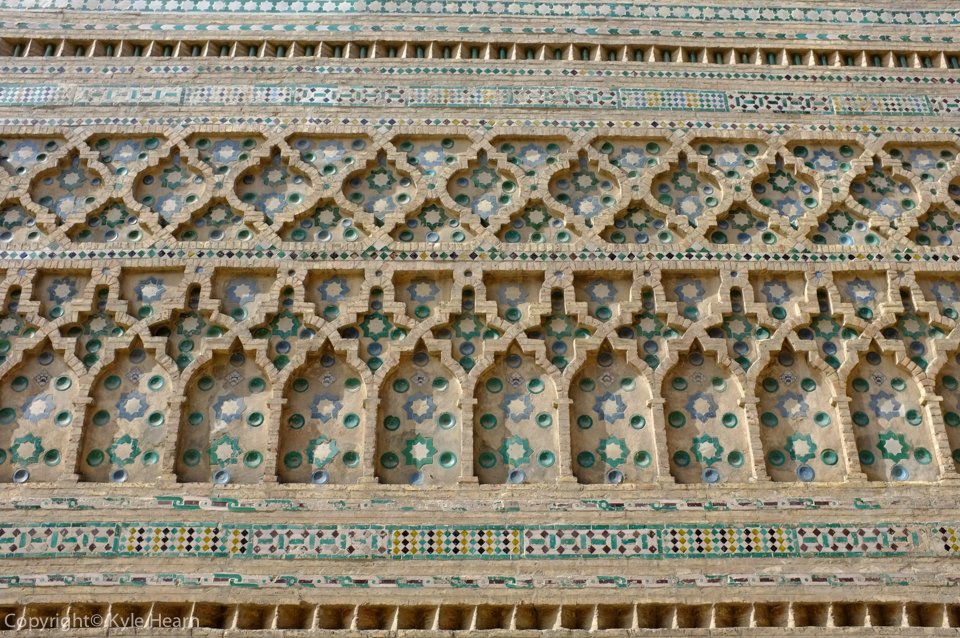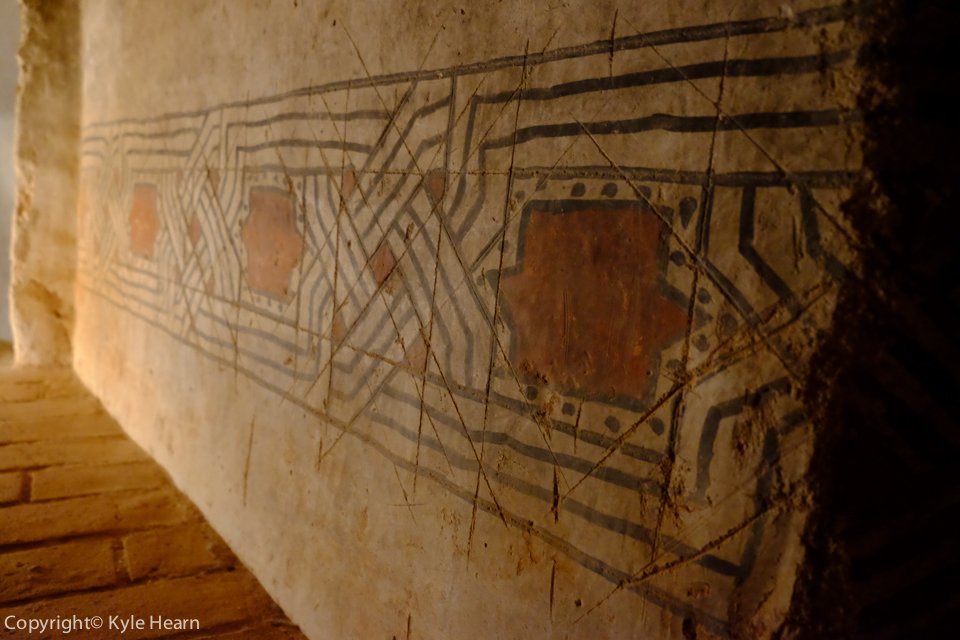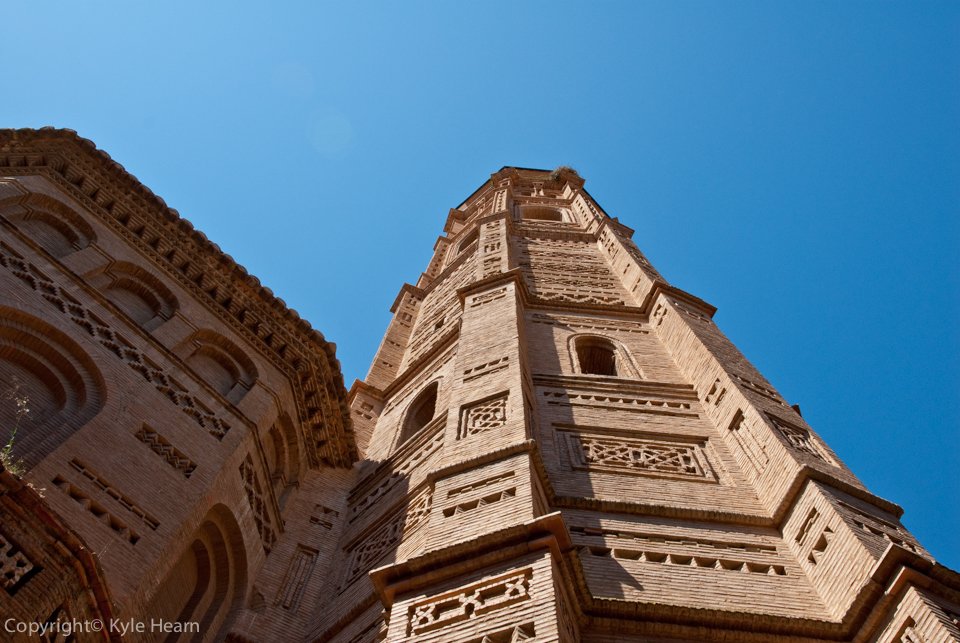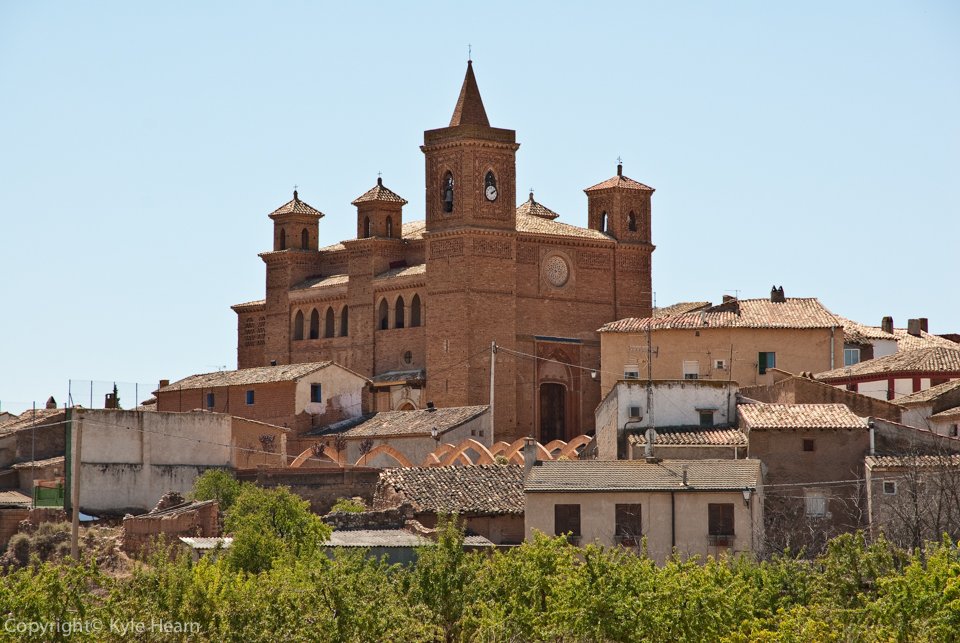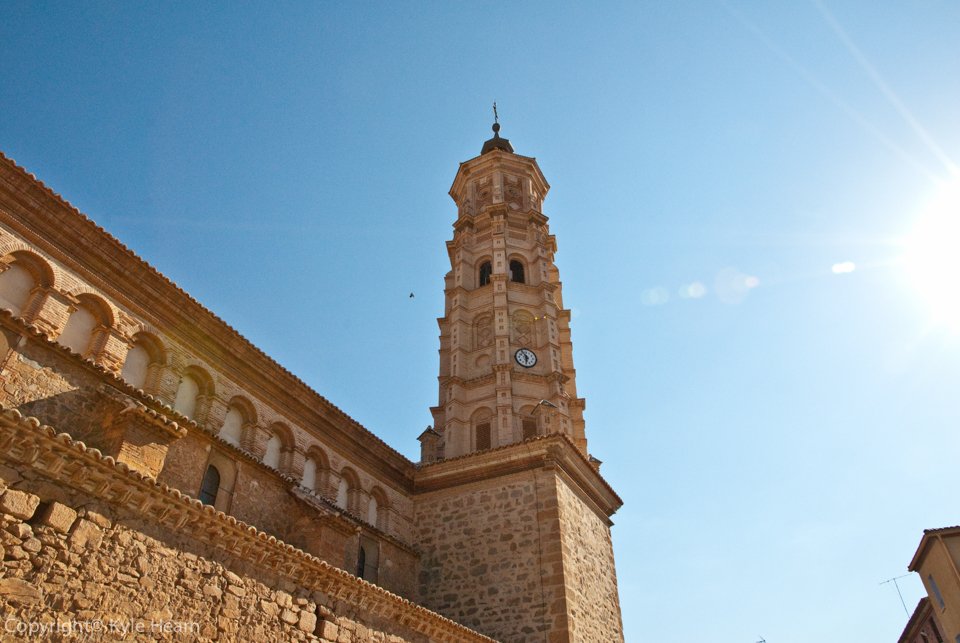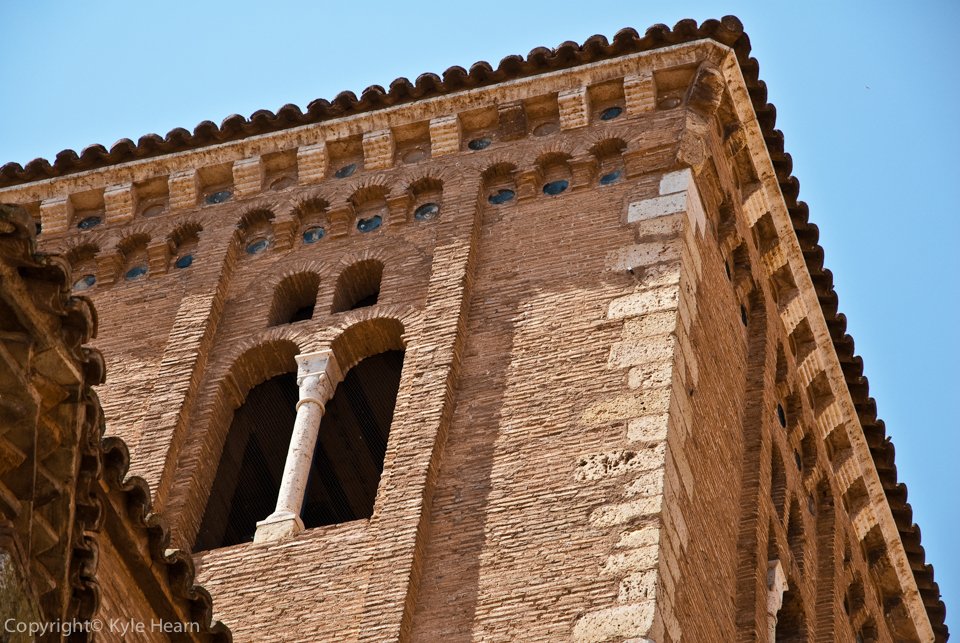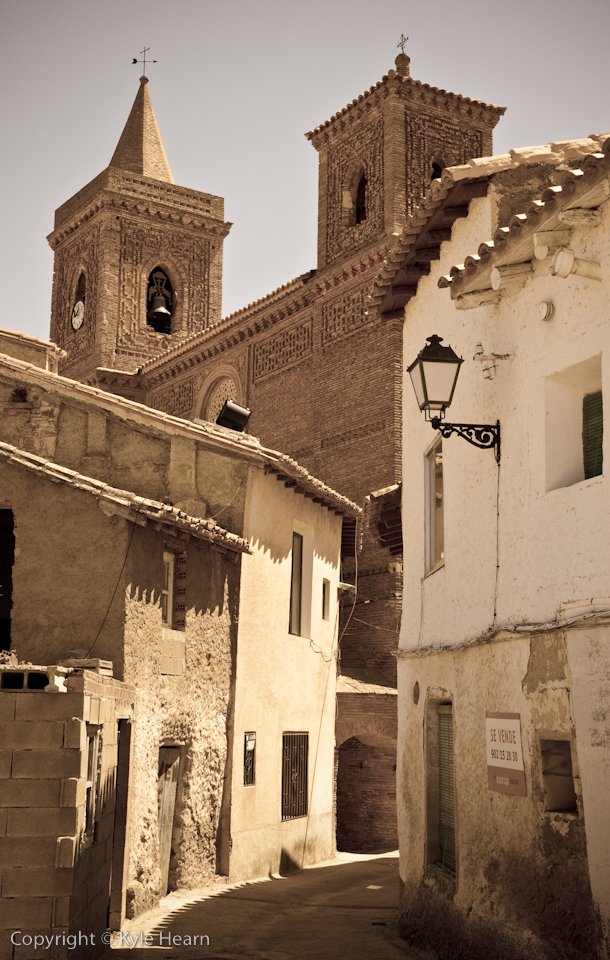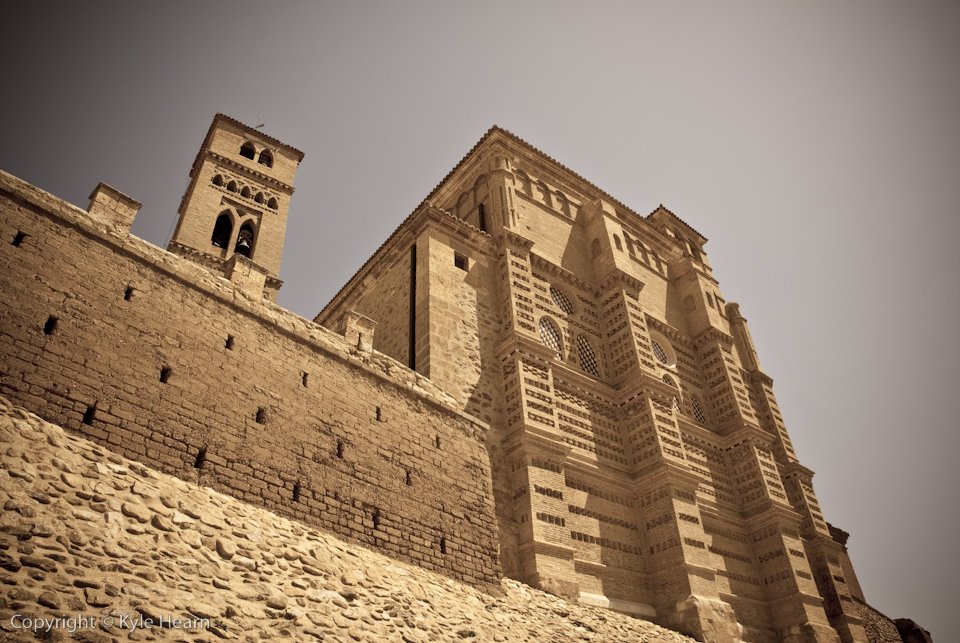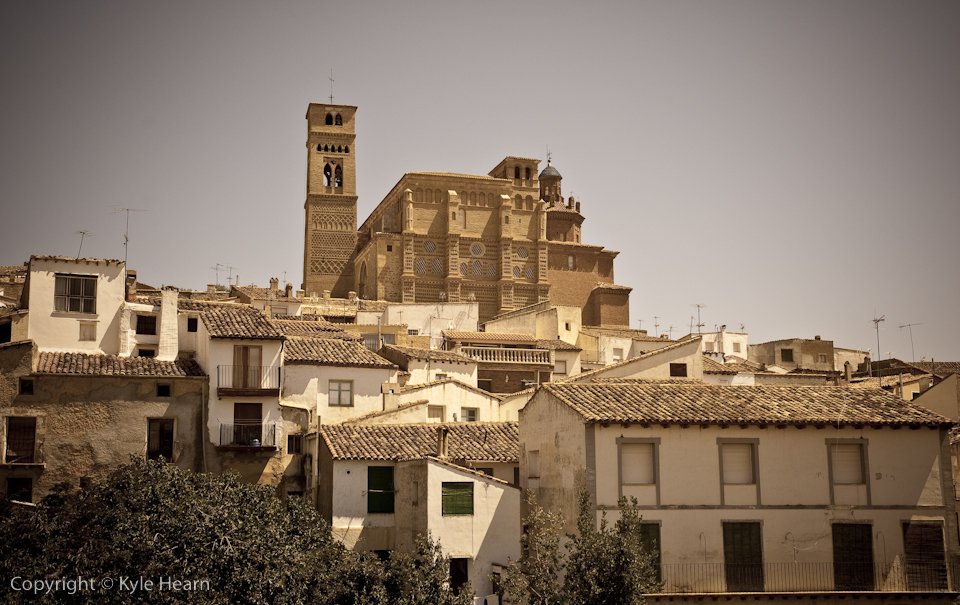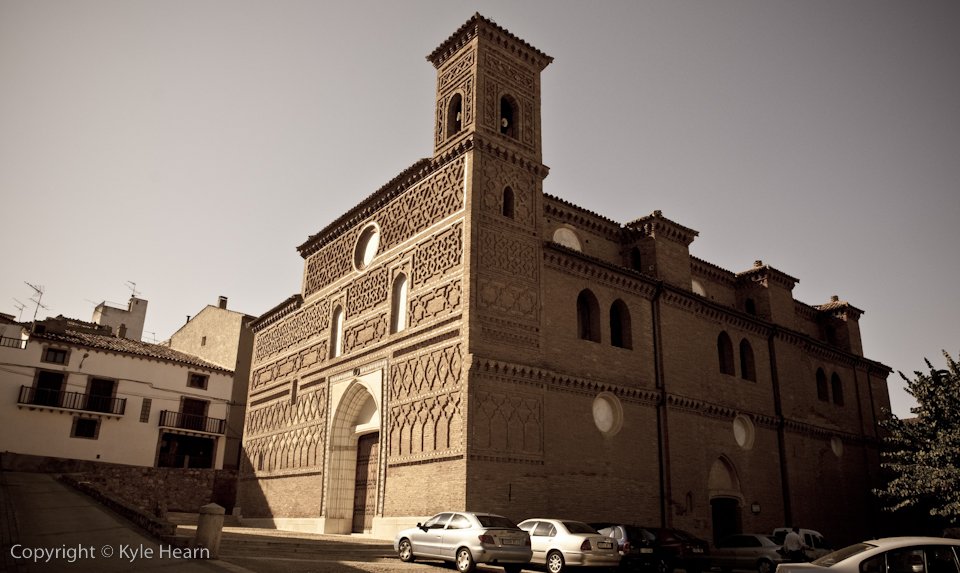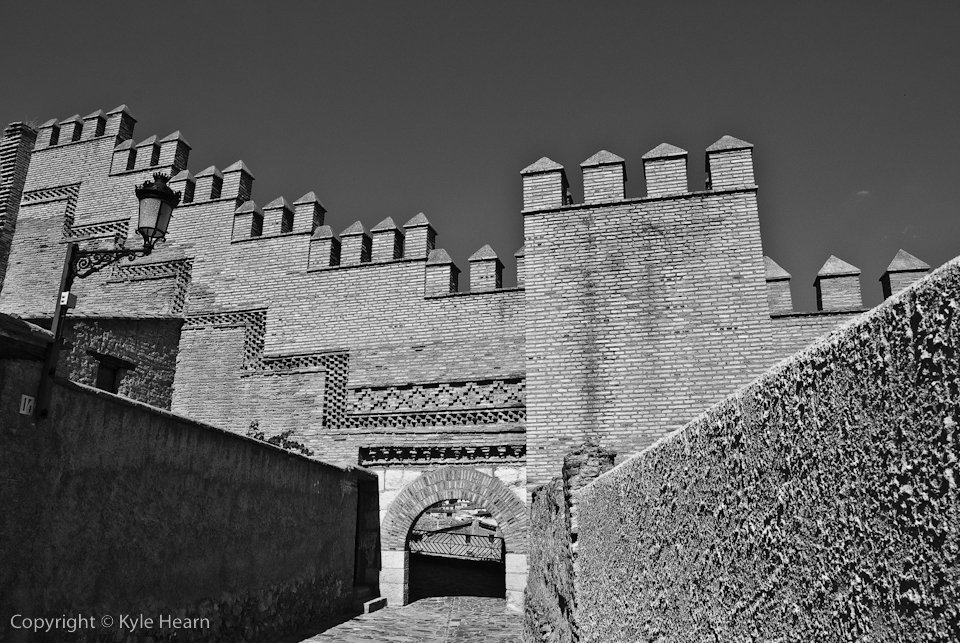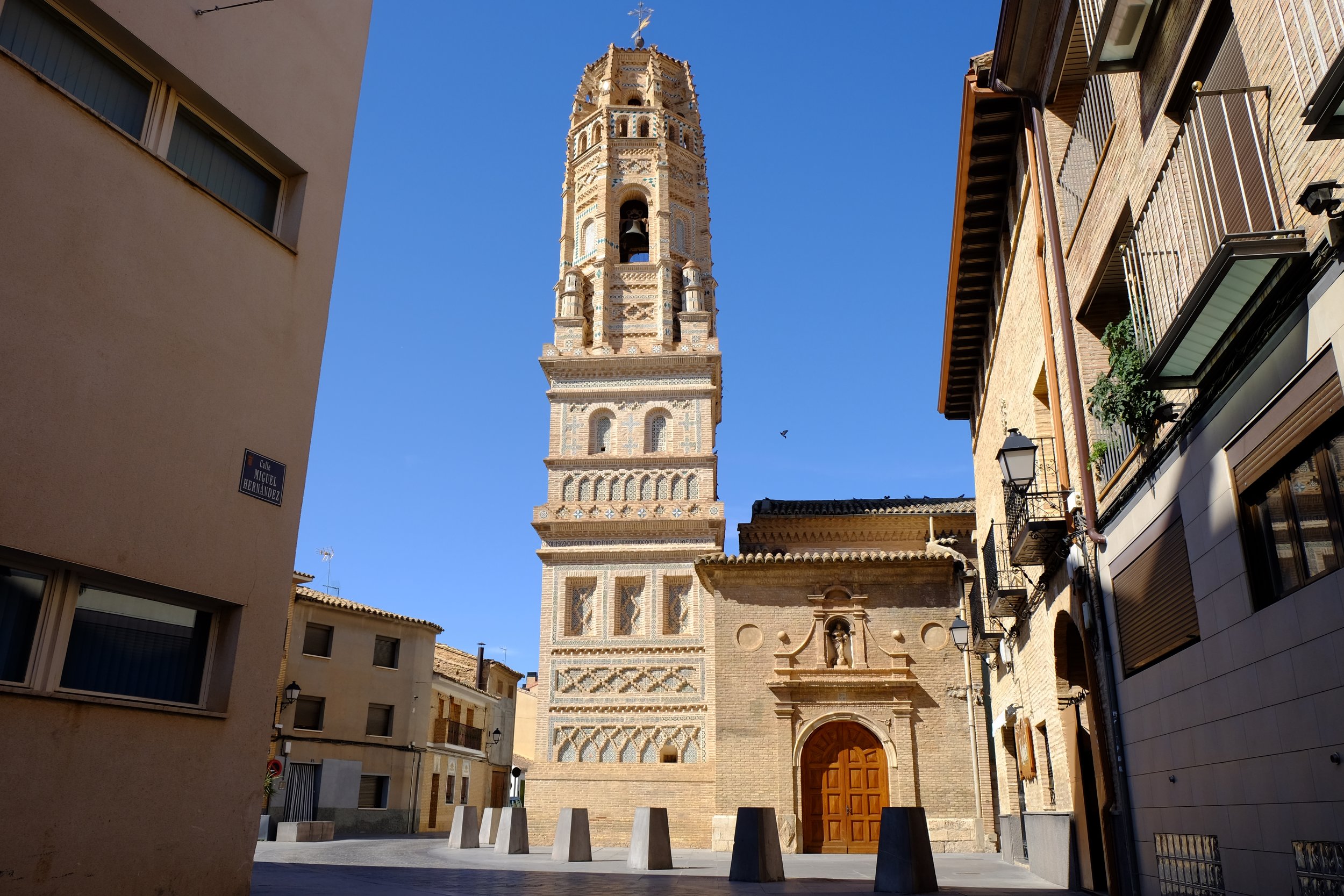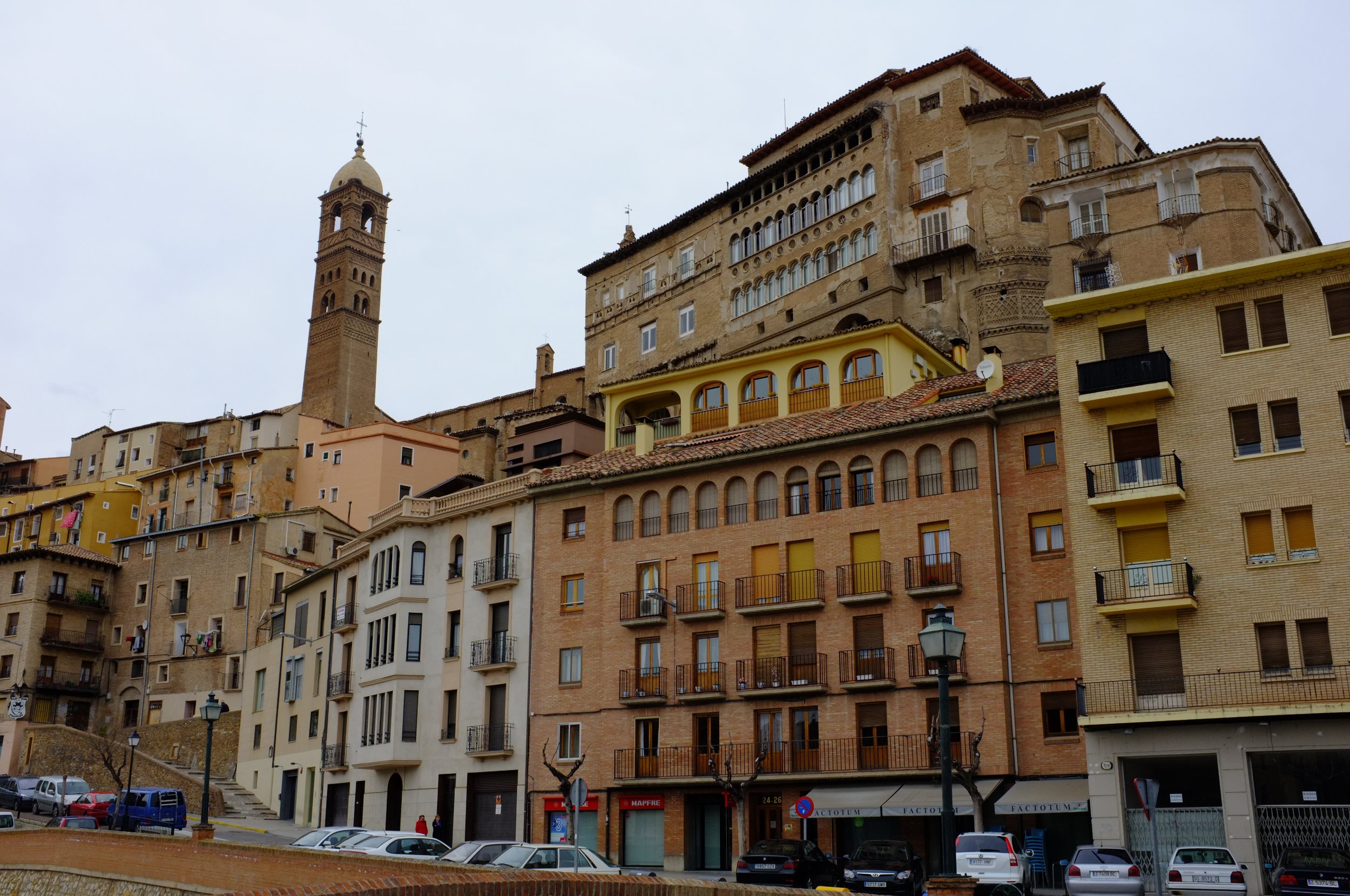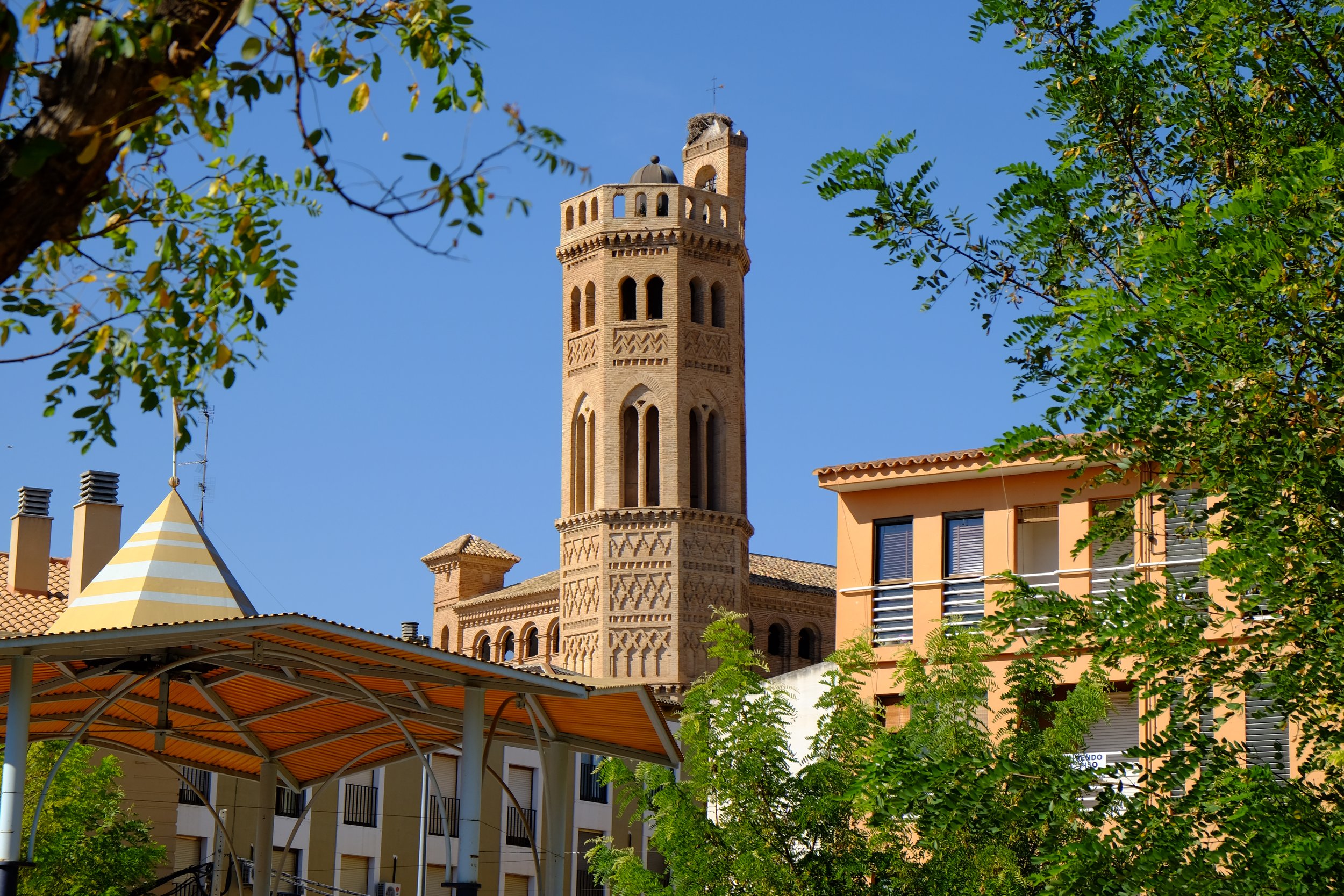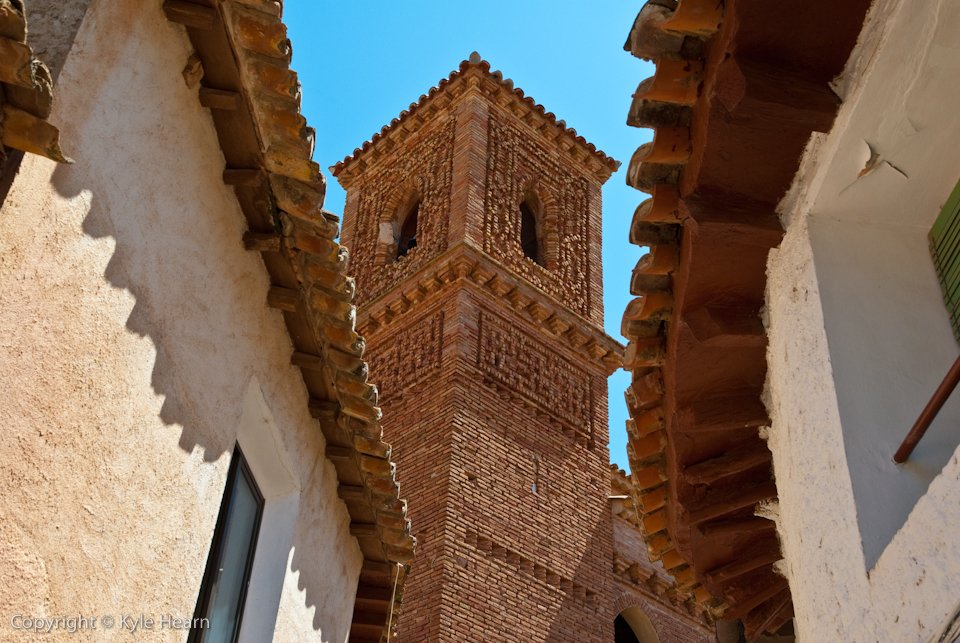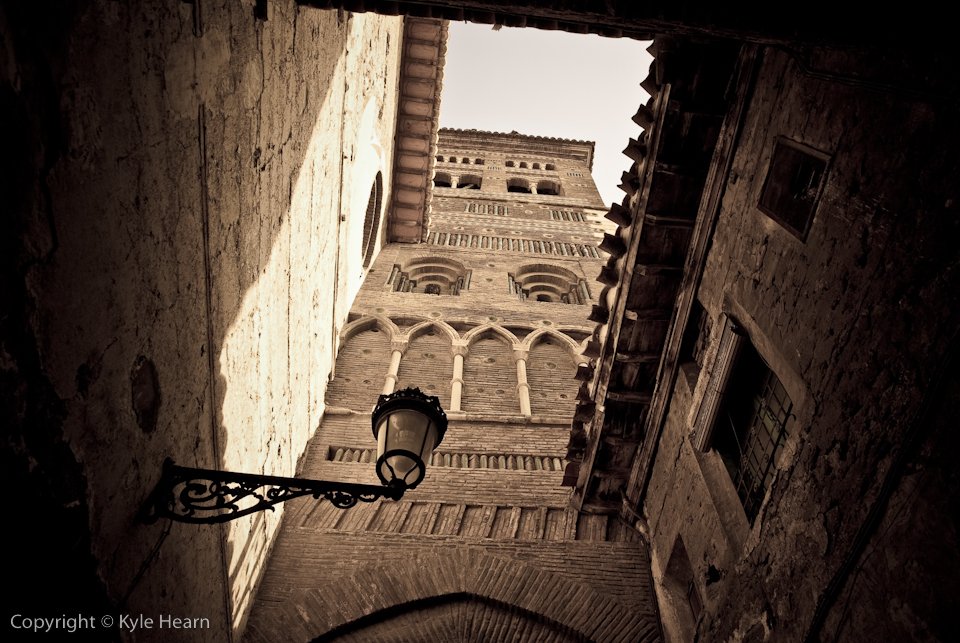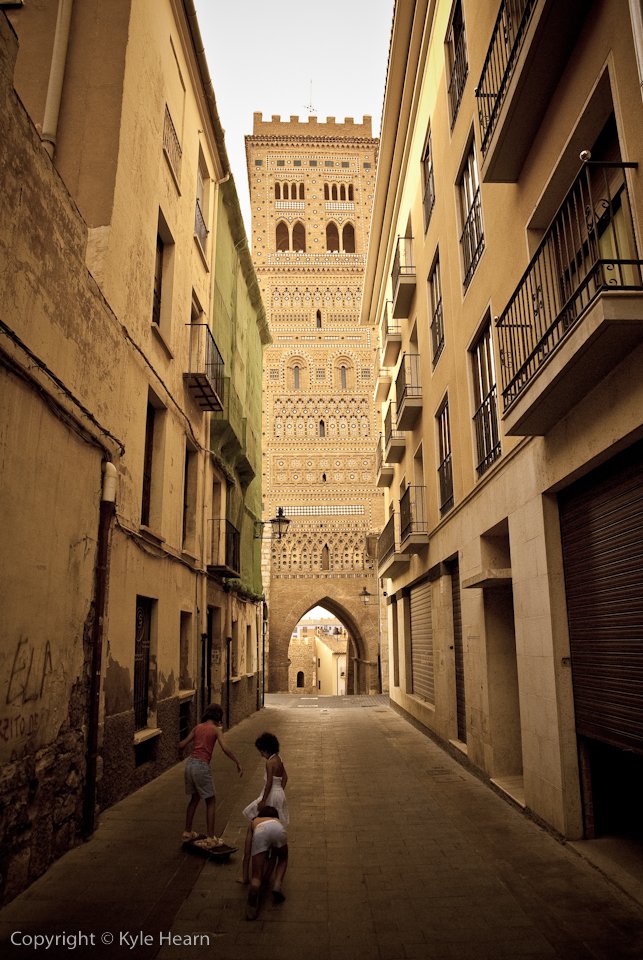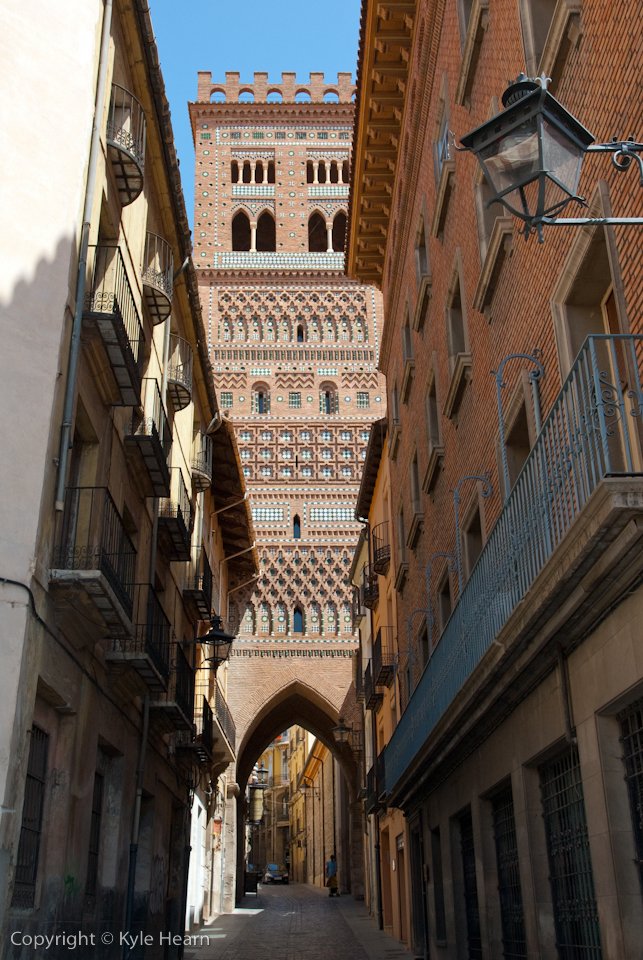Mudéjar architecture of Aragon
This post entry is long overdue. I have been contemplating it for some time. Its historical themes are definitely pertinent in today's world and represent a precious, precarious, and delicate time in Spain's history - world history. Much has already been written about when the Arabs were in Spain and Islamic rule was a very real and powerful reality. At this time, Jews, Christians, and Muslims forged a very brief fragile coexistence that many would call tolerance - definitely in the context of the era.
A seesaw of numerous battles and conquests occurred from the arrival of the Moors in the 9th century until 1492. During this time period all three of these great religions found themselves. under the control of Muslim or Christian powers. Although tenuous at times the status quo of tolerance (for the times) was often maintained and the adherents more often than not flourished. It was in these conquered lands where Christians, who lived under Muslim rule, maintained their religious traditions but forged a new identity with many of the cultural aspects of their Arab landlords. These people were called Mozarabes. Under Christian rule, the Arabs that fell under Christian domination and maintained their religion and customs were called Mudéjares.
In some parts of the Iberian Peninsula there were… "Medieval Christians who admired and ever loved Islamic styles, and for whom Arabic was a language to be neither feared nor despised, even when Muslims were political foes or religious rivals." (Menocal, 2002) As a result, throughout many Christian held lands before and after the Reconquista in 1492, Mudéjar craftsmen were contracted to build churches and other public buildings. Combining Romanesque and later Gothic styles with their Islamic roots resulted in the formation of a new architectural style later derived from the Arabic word for ‘those who were allowed to stay' Mudajjan better known by the Spanish corruption, Mudéjar.
One of the few Mudéjar sites in Portugal - A church in the town of Castro de Avelàs
Examples of Mudéjar style in Toledo, Spain and the Castle of Coca in Segovia province of Castile and León
María Rosa Menocal in her book, The Ornament of the World: How Muslims, Jews, and Christians Created a Culture of Tolerance in Medieval Spain (2002) states that the Mudéjares by the middle of the twelfth century. "became vital parts of the larger community. These Muslims inevitably became Romanized to some extent, while at the same time they reshaped the Christian world in ways large and small. In architectural terms, 'Mudejar' came to be used to describe a broad range of fashions that embody the Islamic aesthetic as it was used within Romance-Christian culture from the eleventh century on.
This new and developing architectural style embodied the use of repetitious geometrical brick designs on building exteriors sometimes embellished with bright glazed ceramic tiles. In the interior of buildings, Mudéjar artistic style, besides using brick, also employed the use of wood, plaster, and paint to form stunning geometric shapes on ceilings as well. Throughout the Iberian Peninsula, there are many fine examples of Mudéjar architecture.
The largest and most developed concentration of this style, however, can be found in the Spanish autonomous region of Aragon, a remnant of the former vast kingdom of Aragon. As Ricardo de la Cierva explains in his book, Historia Total de España: De Hombre de Altamira al Rey Juan Carlos,1997, Aragon during the medieval period boasted a sizable Arabic population that remained significant even despite the expulsion of many Muslims throughout the rest of Spain after the Reconquista in 1492. These Muslims were vassals of the kings of Aragon and provided important service in the areas of agriculture and skilled labor (de la Cierva, 1997). This cluster of valued Muslim skilled labor in Aragon's history is what led to the concentration of Mudéjar architecture found in the region today.
Over the past few years, in my many trips crisscrossing the peninsula, I have been developing a collection of photos of Mudéjar architecture I have had the opportunity to visit and admire. It is by no means comprehensive and I do have plans to visit many more sites. Personally, I find this tyle to be one of my favorites of all the world architectural styles and perhaps my favorite style in European architecture. I admire it not only for its minimalist geometric beauty and material design, but for what it represents; a fusion of cultures, ideas, and beliefs. It is a tangible example of what is possible when historically opposed peoples of the world unite, share ideas and collaborate to form a bond of artistic expression that ties us all together - all through a climate of tolerance.

